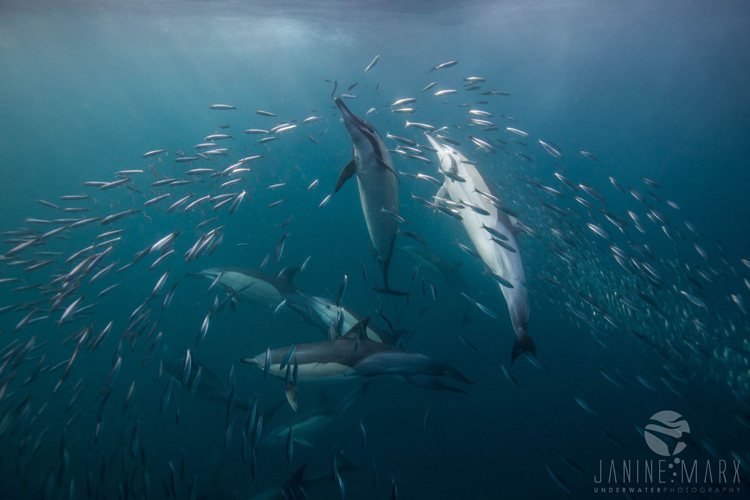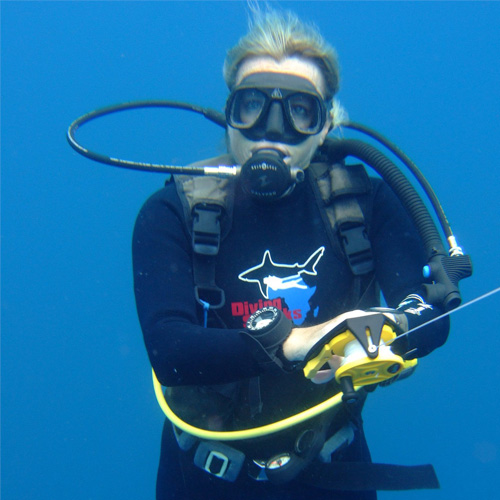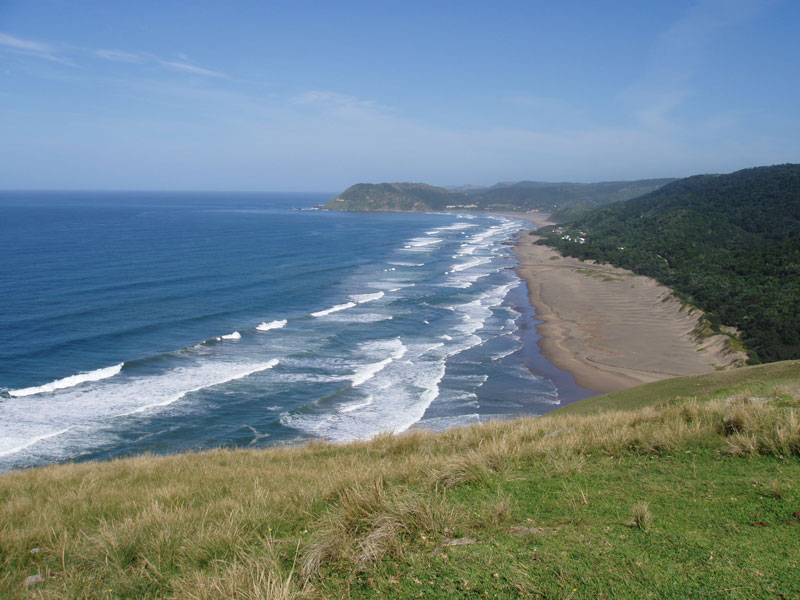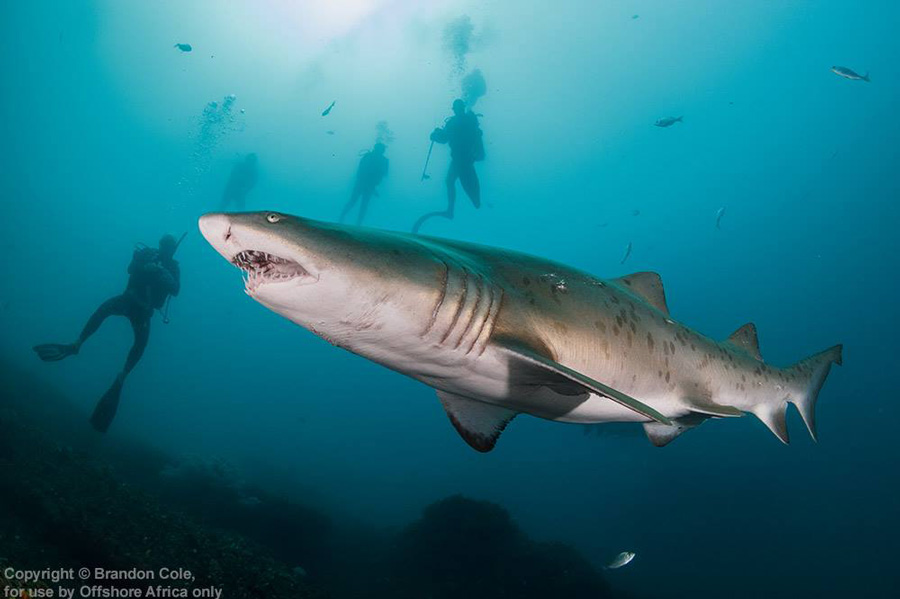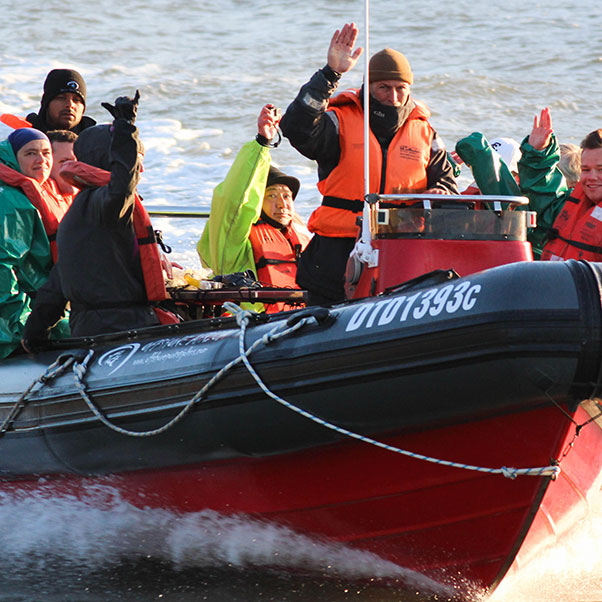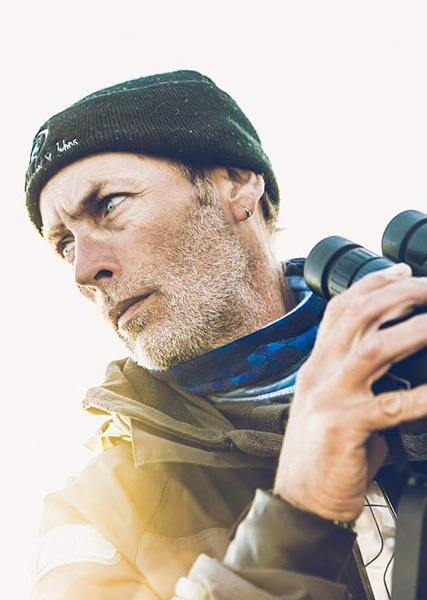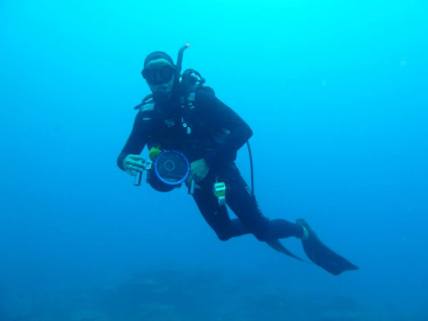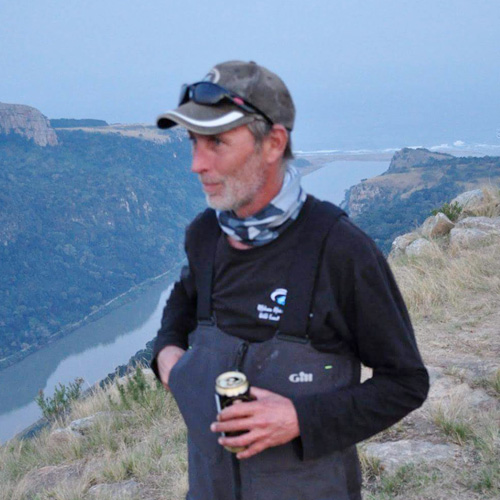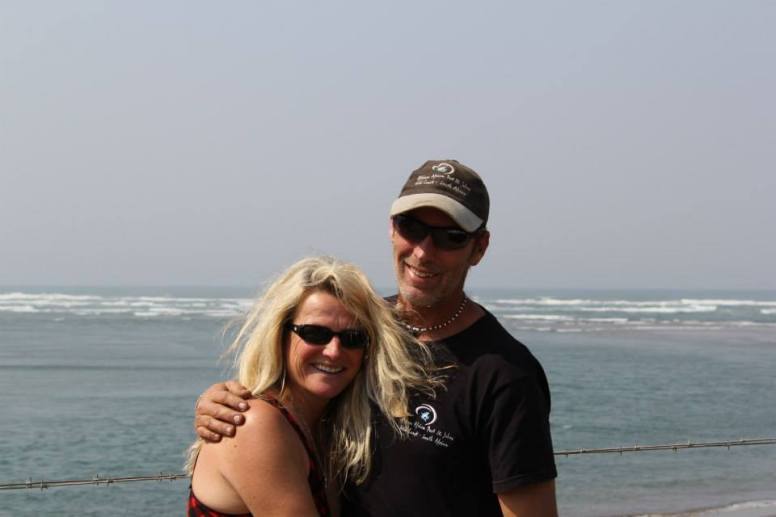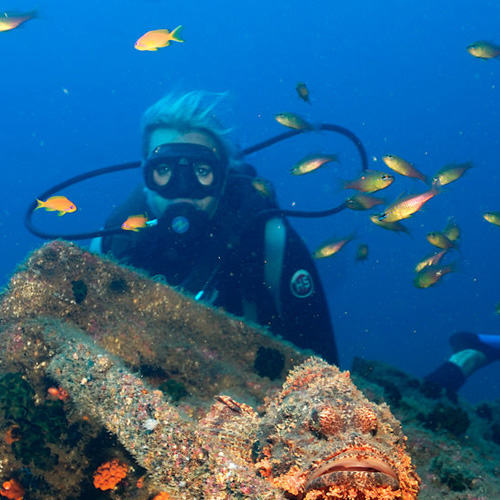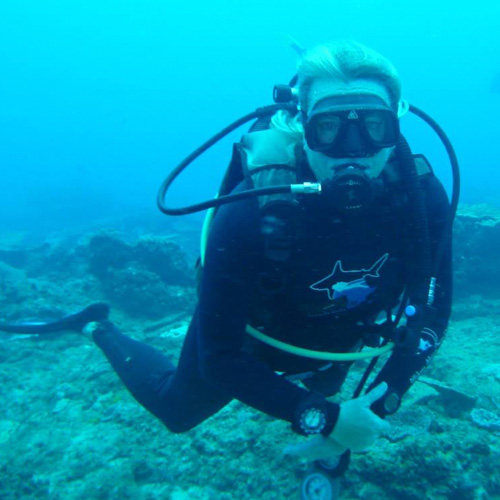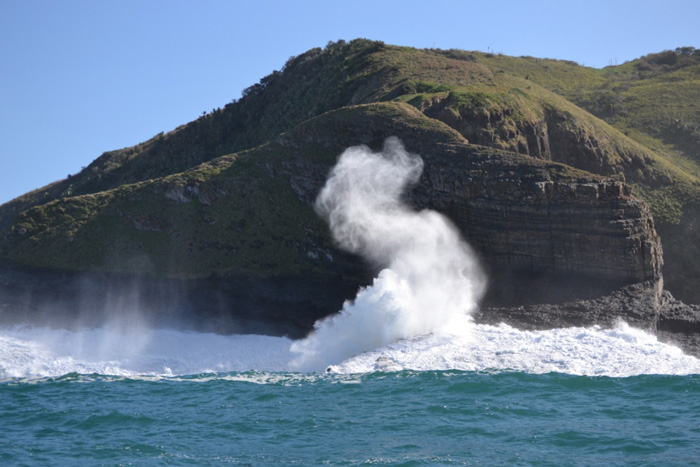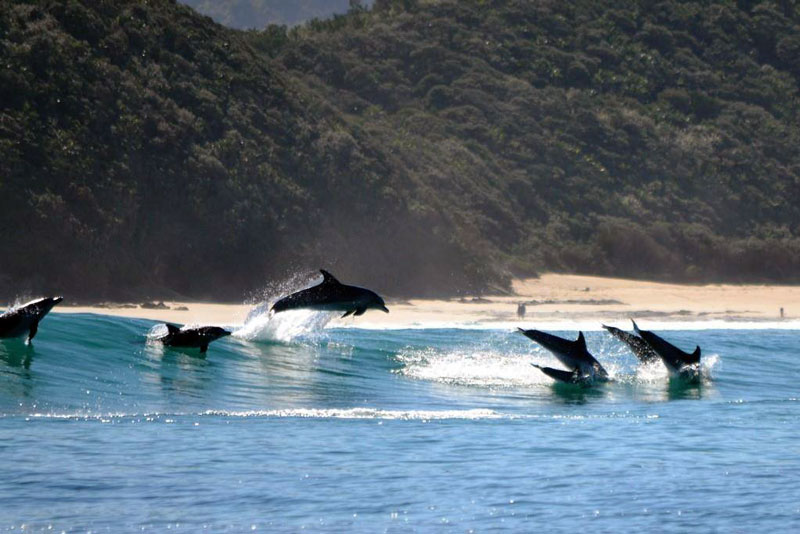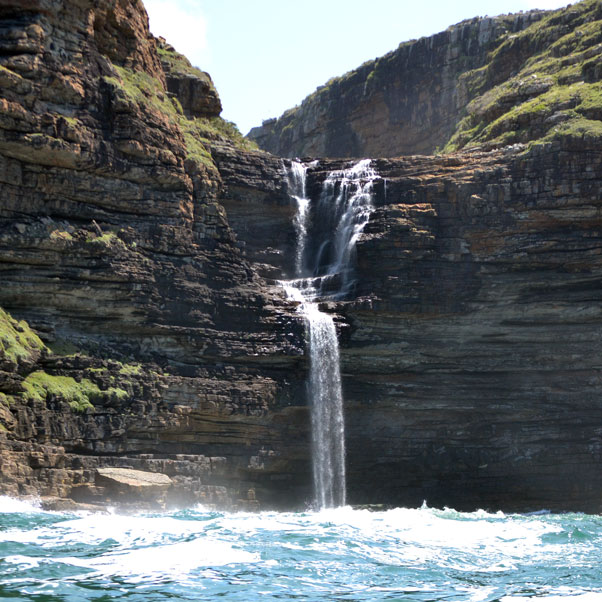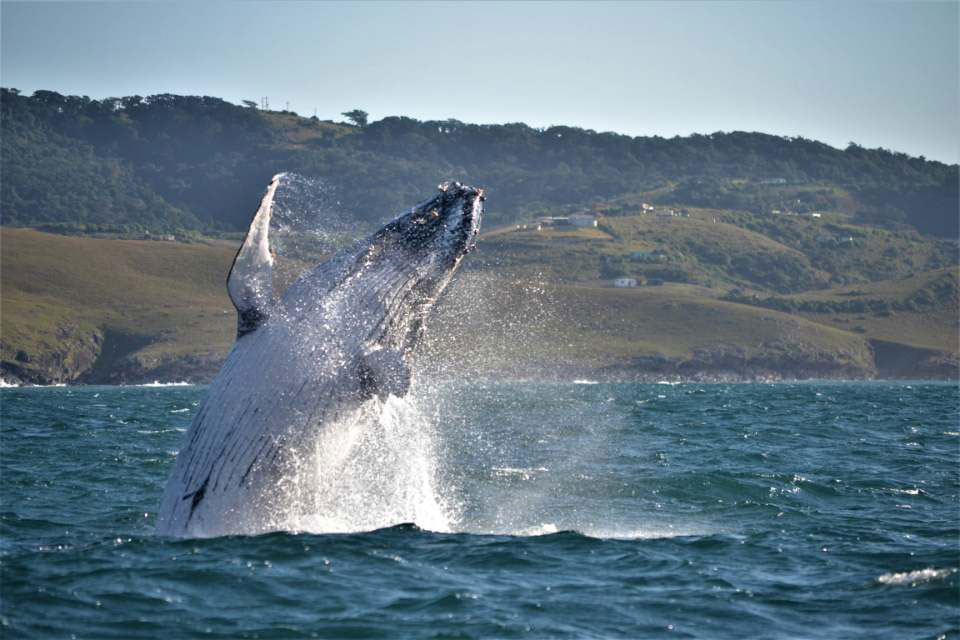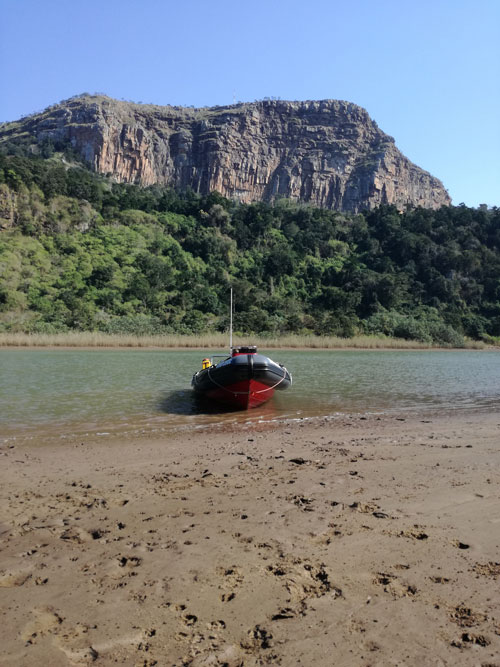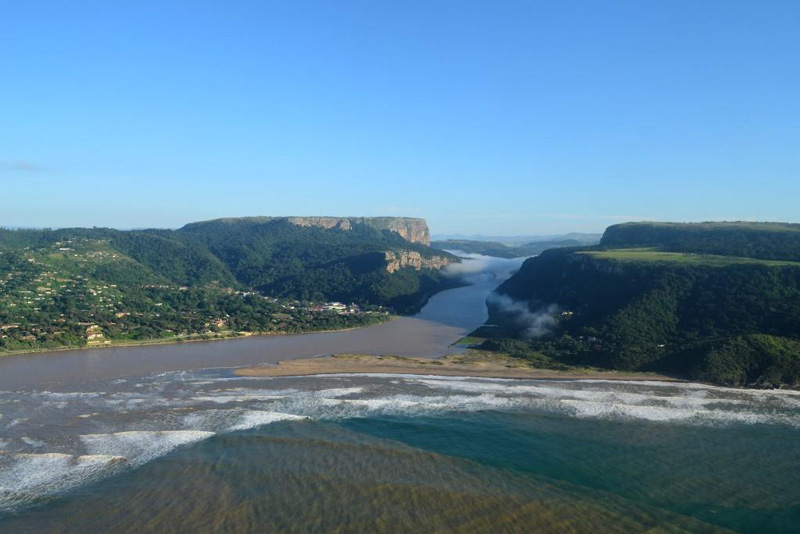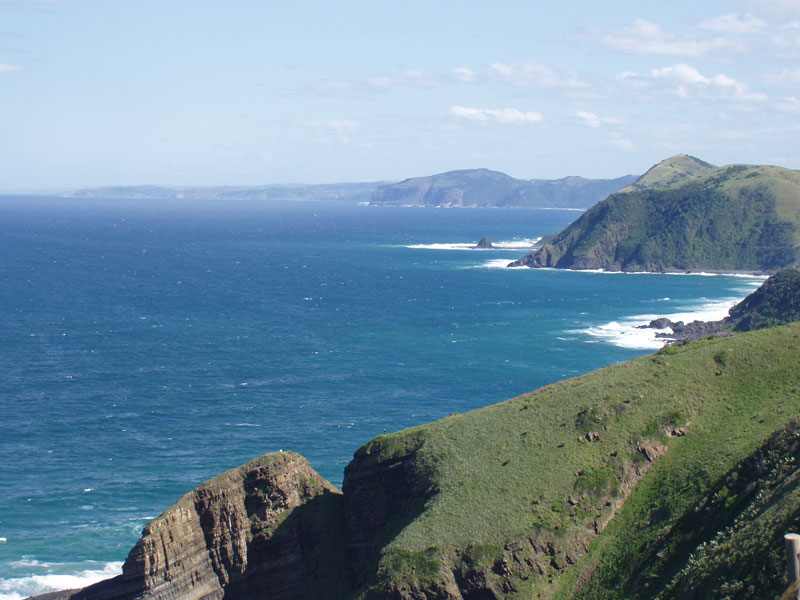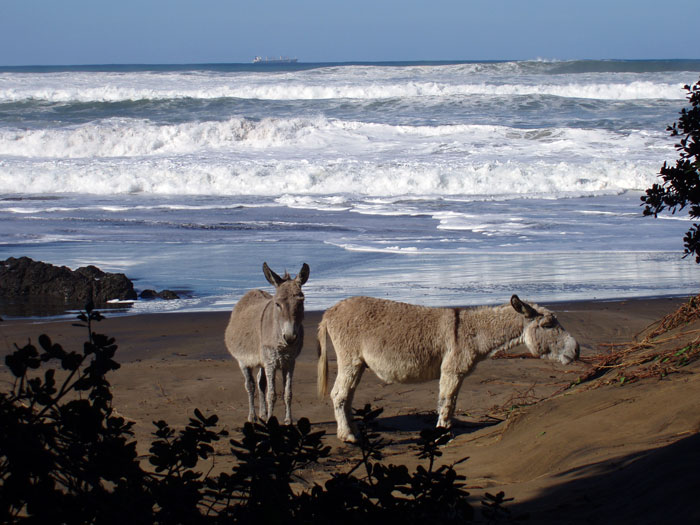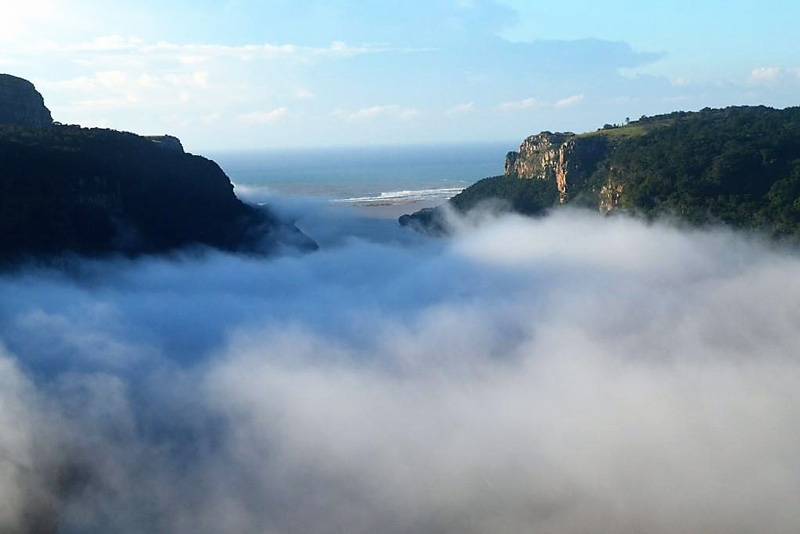ABOUT PORT ST. JOHNS
For many years the Pondoland Wild Coast has shrouded its secrets from the masses and to this day is a little known and forgotten part of South Africa’s East coast.
This stretch of coastline is regarded as the most dramatic stretch of coastline on the continent of Africa and truly lives up to its name…the “Wild Coast”. Port St. Johns lies exactly in the middle of this amazing stretch of coast. Port St. Johns is located on the eastern seaboard of South Africa approximately 380 km south of Durban. (4 hour drive) and is within the province of the Eastern Cape. The WILD COAST lies between the southern border of Natal, Port Edward and the port town of East London approximately 300 km further south and happens to be the most rugged and naturally unspoiled piece of coastline to be found on the African continent.
This small coastal town is within what was once known as the Transkei, independent Bantu state, which existed and was neglected in the time period 1963 – 1994. The advent of the new South Africa in 1994 has opened a new chapter in the history of Port St. Johns. Doors have been opened to new investment and new residents and all enjoy a new era of mellow inter – racial harmony and prosperity, creating a unique atmosphere to be experienced and enjoyed.
Port St. Johns boasts a variety of Accommodation facilities, Restaurants and Bars to suit everyone’s tastes and needs as well as a post office, banks, petrol stations, internet cafes and a large variety of shops. There is also a heritage museum in the centre of town which is well worth a visit. From Deep gorges, waterfalls, cliffs and untouched coastal forest containing a myriad variety of plants, wild flowers, butterflies, insects and small game (incl: Leopard if lucky) to spectacular panoramic views and traditional cultural aspects of the friendly Amapondo people who have resided in this area for over 1000 years. Port St. Johns and surrounding area has a lot to offer, especially for the avid nature photographer, whether professionally orientated or just looking for memorable photos. Another amazing aspect of this coastline is the fact that out of 7 waterfalls worldwide that fall directly into the sea the Wild Coast boasts of having two of them. This area is so environmentally rich in so many aspects that specialists in a variety of fields frequent Port St. Johns and surrounding area for research purposes. The coastal rivers and estuaries of the Wild Coast are among the most unspoiled and scenically attractive systems in South Africa and are slowly being discovered by an increasing number of tourists each year.
Three great features of the Wild Coast are its beautiful indigenous forests, excellent estuaries and its scenic landscapes. Nowhere in South Africa are these features so well conserved as along this spectacular stretch of rugged coastline. The area has become famous for film crews that make use of its dramatic and breathtaking scenery for movies and some very well known movies have been shot in this area or include scenes in this area.
For the offshore photographer, divers will find that the Wild Coast, when conditions allow, offers some of the most diverse and exhilarating diving available in South Africa. The fish diversity as well as the smaller reef creatures such as nudibranches and marine tropicals are in abundance, topography is stunning and sharks incl: Zambezi’s, bronze whalers, tigers and ragged tooth are encountered on most dives. This coastline is also home to some of the most romantic stories of lost treasures aboard some of the oldest wrecks in the country dating as far back as 1552.
The annual Sardine run is a must for any avid offshore / underwater photographers list of places to go, things to see and amazing events to capture on film…it is a truly amazing phenomenon and can be experienced in its full glory based from Port St. Johns. Here one comes for a lifetime experience to escape the frantic chaos of day-to-day living.

